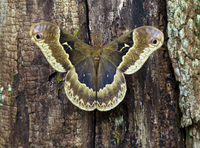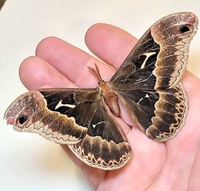
| Recorded by: Mark Basinger on 2025-09-03
Wilson Co.
Comment: | 
| Recorded by: Mark Basinger on 2025-08-05
Wilson Co.
Comment: |
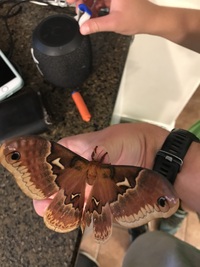
| Recorded by: Caleb Garner on 2025-08-04
Wake Co.
Comment: | 
| Recorded by: Caleb Garner on 2025-08-04
Wake Co.
Comment: |

| Recorded by: Jim Petranka on 2025-07-19
Madison Co.
Comment: | 
| Recorded by: Katherine Culatta on 2025-07-15
Edgecombe Co.
Comment: |

| Recorded by: David George, David Cheng, Patrick Coin on 2025-06-29
Richmond Co.
Comment: | 
| Recorded by: Mark Basinger on 2025-06-23
Buncombe Co.
Comment: |

| Recorded by: Jim Petranka on 2025-06-08
Madison Co.
Comment: | 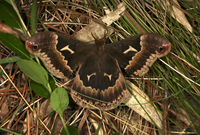
| Recorded by: Jim Petranka on 2025-05-24
Richmond Co.
Comment: |
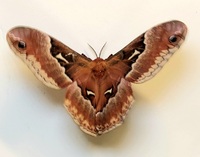
| Recorded by: Mark Basinger on 2025-05-21
Wilson Co.
Comment: | 
| Recorded by: R. Jones, D. Schafer, C. Zurosky on 2025-05-16
Transylvania Co.
Comment: |
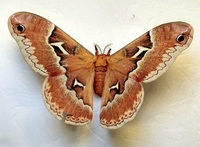
| Recorded by: Mark Basinger on 2025-04-30
Wilson Co.
Comment: | 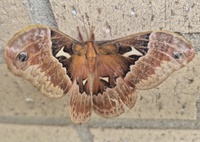
| Recorded by: Michael P. Morales on 2025-04-21
Cumberland Co.
Comment: |
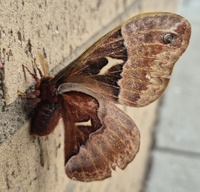
| Recorded by: Michael P. Morales on 2025-04-21
Cumberland Co.
Comment: | 
| Recorded by: Linda Gutknecht Asgari on 2025-04-21
Onslow Co.
Comment: |
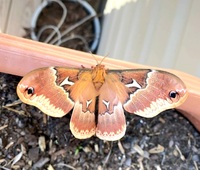
| Recorded by: Brianna Horan on 2025-04-18
Craven Co.
Comment: | 
| Recorded by: Mark Basinger on 2025-03-29
Brunswick Co.
Comment: |

| Recorded by: Michael P. Morales on 2024-08-23
Cumberland Co.
Comment: | 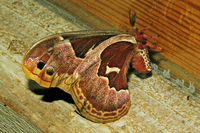
| Recorded by: Owen McConnell on 2024-08-06
Graham Co.
Comment: |

| Recorded by: David George, Jeff Niznik, Stephen Dunn on 2024-08-02
Chatham Co.
Comment: | 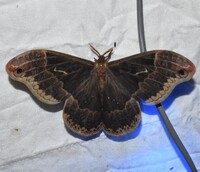
| Recorded by: David George, Jeff Niznik, Stephen Dunn on 2024-08-02
Chatham Co.
Comment: |
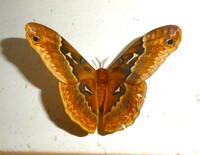
| Recorded by: Simpson Eason on 2024-08-01
Durham Co.
Comment: | 
| Recorded by: John Petranka on 2024-07-31
Orange Co.
Comment: |

| Recorded by: John Petranka on 2024-07-26
Orange Co.
Comment: | 
| Recorded by: M. Miles on 2024-07-18
Buncombe Co.
Comment: |
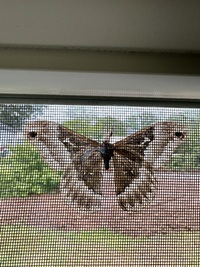
| Recorded by: M. Miles on 2024-07-18
Buncombe Co.
Comment: | 
| Recorded by: David George on 2024-07-15
Chatham Co.
Comment: |

| Recorded by: David George, Jeff Niznik on 2024-07-08
Chatham Co.
Comment: | 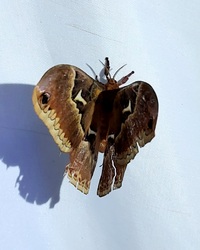
| Recorded by: Mark Basinger on 2024-07-05
Wilson Co.
Comment: |
|

 »
»
